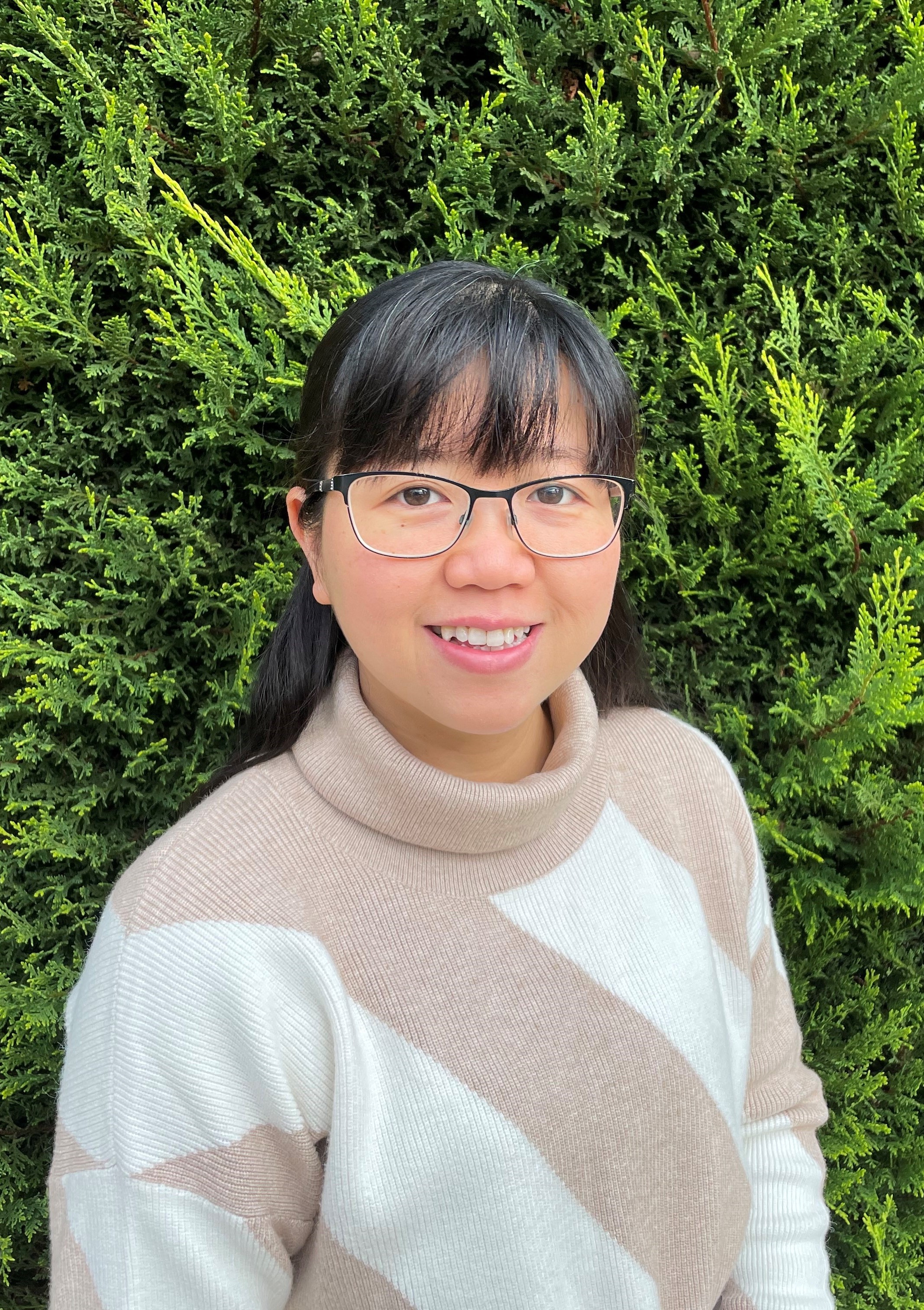Lecturer in mechatronics engineering, Dr Tu Le loves to teach computer coding to create smart machines and solve problems.
Before becoming a lecturer, she worked for CSIRO, Australia's national science agency, where she immersed herself at the interface of machine learning and smart materials.
Seeing is believing
Tu didn’t get her passion for STEM from strangers. Her parents were chemists, and she grew up watching them firsthand doing research.
“When I was 8, I was very impressed to see my parents extract gold from soil and separate it from other metals to create pure gold using chemical processes,” says Tu. “At home, they store vinegar and other cooking ingredients in glass experimental bottles.”
She is now passing that passion on to the next generation through her teaching and mentoring, which start with her own children.
“I talk to kids about great scientists and engineers and explain theories behind common phenomena,” says Tu. “I once burst into laughing when my 2-year-old daughter yelled “That is CO2” when we opened a bottle of coke releasing a hissing sound.”
“Seeing is believing. We need to show the young generations the beauty and usefulness of STEM in improving our lives. The earlier we show them, the more time they have to absorb the information, try things out, and grow a bigger dream.”
 Dr Tu Le, Lecturer Mechatronics Engineering
Dr Tu Le, Lecturer Mechatronics Engineering
Understand your impact on the world
In the classroom, Tu is a big believer of hands-on learning and understanding what we want to achieve, before learning how to do it.
“Before learning complex algorithms for example, it’s important to understand what they can do,” Tu explains. “They can make a machine smarter, so it can impact the world without human instructions. That’s why we learn the theory and that’s what a great teacher can demonstrate.”
Tu teaches Autonomous Systems in a hands-on way where students design electronic circuits and implement or write their own computer codes to control robots.
She loves using computer coding to create solutions that provide a positive impact on the community.
“I developed artificial neural network models to design novel, functional materials for various applications, from anti-cancer medicines, to new aerospace materials such as designing non-toxic aircraft hydraulic fluids,” says Tu.
“My involvement in research keeps me up to date with current progresses in the field and these advances in knowledge will be integrated into the lecturing materials.”
Opening doors
Through her own studies and research, Tu was able to travel the world, witness world-class research facilities and even meet Nobel Prize winners.
“I have met Nobel Prize winners whose discoveries have changed the world, but they are so humble,” says Tu.
“An education is a way to open doors and opportunities beyond your imagination.”
The biggest advice Tu can give young people is to do what you love, but sharpen your knowledge and skills through an education so you can also be the best in what you love to do.
“Young people should really consider a career in STEM,” says Tu. “You are always on the cutting edge, always in front of the next ground-breaking technology and the job satisfaction level is usually high.”


